Sophomore Paula Bailón Lledo, hailing from Spain, embarked on an adventurous journey this year to study abroad in the United States. Driven by curiosity and the allure of America as depicted in movies, Paula eagerly joined the student body at KHS, bringing with her a fresh cultural perspective.
In Spain, Paula is an only child and lives with her mom and dad, but when she came here she gained 3 younger host sisters and 2 host parents. She made friends quickly and is now thriving here. She got to experience her first homecoming, she got to go to Chick-fil-A, she is planning on going to Build-A-Bear for her birthday, and she is going to continue to experience things throughout this year that she never would have been able to do if she had stayed in Spain.
Coming to the U.S.
Becoming an exchange student is a multifaceted decision, one that Paula navigated with both excitement and diligence. Starting the process last November, she faced a series of challenges. Most people don’t realize how long the process is and how much of a toll it can take.
Before even beginning, Paula had to convince her parents. Luckily for her, her parents knew someone who had done the exchange program 2 years before her. After convincing her parents, she had to take a test to make sure she was proficient in her level of English. Then she had to pass another test. Sign documents. Go to the embassy to get a visa. Go to the doctor and get a lot of vaccines(14 are required). Fill out and sign lots of paperwork. And after the long, time-consuming process she could get her ticket to the U.S.
Even with the gruesome and long process people all around the world still choose to indulge in this program every year. Though she knows how behind she will be, she knows that this experience will be worth it in the end. She can be happy and satisfied knowing that she won’t have to think about what could’ve been if she hadn’t come here.
Differences/Changes
School
School life in Spain, as Paula describes, is a blend of routine and camaraderie. From 8 AM to 4:30 PM, she would spend her day with the same classmates and spend all of her time with the same group of people in her class. They do not switch classes throughout the day like schools in the U.S. and they only get to pick 2 of their classes; for those 2 classes they get 2 options, French or Mythological history and church or social values. She spends the whole day in the same classroom with the same people which can be a blessing and a curse. On the bright side, if she has a good class she doesn’t have to worry about that changing; This can also be turned around where if she has a bad class she is pretty much stuck with them.
In Spain there are 3 different types of school: public school, private school, and something in between called concertado [arranged]. Concertado schools are for parents’ convenience, when kids are younger they are put into these schools because it is better for their schedules and they just continue going when they are older. These schools end later but start at the same time. This doesn’t mean that she goes to school and is in class for 2 hours more than everyone else. She gets 30 minutes for lunch and an hour and a half of playground time which is just time that they can spend doing whatever, they can go home and eat lunch if they want to or they can stay at school. In turn these schools cost more than a public school. Public schools are completely paid for by the state, concertado schools are paid for partially by the state and partially by parents, and private schools are paid for completely by parents. Most schools start and end around the same time as most schools in the U.S.
A big difference for Paula is how much she has to work outside of school. Her classes in Spain are a lot harder and require a lot more studying. She’s worried that when she goes back she will be behind on everything. She plans on taking summer classes when she goes back to Spain in order to catch herself back up and be able to study alongside the rest of her class.
Cultural
The cultural landscape of Spain contrasts starkly with that of the U.S., especially for teenagers. Paula notes that in Spain, teens enjoy more freedom to socialize which is vastly different from typical teenagers in the U.S. In Spain, teenagers go out every weekend and Fridays after school. In the States we do go out, but it is much more difficult because we have to drive everywhere and until we are old enough to drive we have to coordinate schedules with our parents so they can take us places. In Spain, teenagers can walk wherever they need to so they go out a lot more. Paula goes out with her friends every weekend.
As well as things being farther away, work plays a huge part in the social lives of teenagers. In Spain it is not legal to work until you are 16 and you can’t get your driver’s license until you are 18. This leaves plenty of free time for social events. Most teenagers in America have a job starting at 14-16 years old, which obviously can be very time-consuming and not leave much time for social activities between friends. Unfortunately for Paula, she can’t get a job here, which means that while her friends are off at work on weekends she is left to her own devices.
Clothes/Style
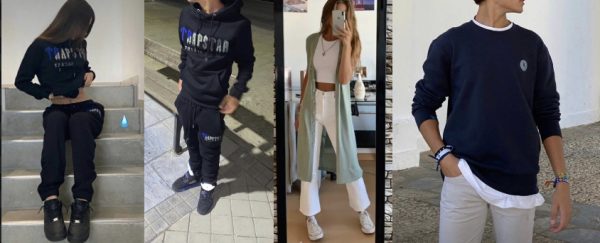
Fashion norms differ significantly between the U.S. and Spain. While American students often lean towards casual attire like leggings and hoodies, those in other countries will wear something a bit more formal. When we go out to the store we go in whatever we’re wearing, no matter how bummy it may be. Teenagers wear pjs to school and walk around with their hoods up and everything is very casual.
In Spain, when someone goes out they will wear a top and some kind of denim no matter where they are going. Leggings are athletic wear only and sweatpants are not a big thing at all. Paula never wears leggings unless it is for her aerial, she always wears denim of some kind.
There is a style called calletana or calletano that is typically worn as more of a formal outfit. It consists of denim and a cute top. Streetwear in Spain is something called canis which is pretty similar to what we wear in the U.S. with the hoodie and sweatshirt combo but doesn’t have any specific look and can consist of different things. The term canis is typically only used to describe boys streetwear.
Food
When asked about the food in America, Paula’s response was candid: “Everything is fakeee.” When people come to America from other countries they typically expect to gain weight. That was no different for Paula. This is due to the quality of our food compared to that around the world. Though we may have some of the same things, they are not usually authentic and it’s a lot harder to find authentic, quality food. It is pretty well known that Canada and the U.S. are filled with processed foods more than any other country in the world and Paula can taste the difference. Her favorite traditional Spanish meal is a Spanish Omelet. When she makes it using what we have here (different potatoes, onions, and oil), it tastes different than what she has in Spain.
Money
Navigating the financial differences between the U.S. and Spain, Paula has had to adapt to the currency exchange rate of $1 USD to €1.06. Obviously, this means Paula has to think about money differently. First of all, Spain’s taxes are added onto the price. This is not the case in the U.S. Taxes are added on after the price on the price tag. If you bring $1 into a store in Europe and that’s all you have to buy a candy bar that’s $1, you’re all set; When you bring $1 into a store in the U.S. and you want to buy a candy bar that’s $1 you would have to hope and pray that you can find some change in your pocket for tax or else you aren’t walking out with that candy bar. Not only that, but the candy bar in the U.S. wouldn’t cost $1 because things in the U.S. are more expensive. People here need to work more because things cost more. This is obviously balanced out a bit by the fact that companies pay workers more but things are expensive. We place 12th in the world for the highest cost of living per month, while Spain isn’t even in the top 50.
Time
The concept of time in Spain, as per Paula’s experience, follows a more relaxed pace, things happen later than they would for us in the U.S. On a typical Sunday in the U.S., people wake up around 9:00 am (09:00), eat lunch around noon (12:00), eat dinner at 5:00-6:00 pm (17:00-18:00) and go to bed around 10:00 pm (22:00). On a typical Sunday in Spain, people wake up around 11:00 am (11:00), have lunch around 2:00-3:00 pm (14:00-15:00), they have a merienda [snack] which is an afternoon snack and dinner around 9:00-10:00 pm (21:00-22:00). This also goes for things like parties. Social events like parties in the U.S. start early and are ending by Midnight (00:00) but in Spain, parties are just getting started at 2:00-3:00 am (02:00-03:00) and aren’t ending until 6:00 am.
Language Barrier
Despite mandatory English education in Spain, Paula admits there are moments when language barriers emerge. Spain has a couple of different languages in it but learning English is a standard across the board. It is taught at school starting in kindergarten and doesn’t end until the end of high school. Paula began learning in kindergarten like everyone else, but in 4th grade she began taking English lessons for an hour every Saturday and continued that for years. 2 summers ago [2022] she got way more serious about English and began watching movies and shows in English and she says this really helped her. —Pro tip from Paula: watching movies in the language you’re trying to learn makes way more of a difference than one would think.— Some of her favorite things to watch in English are 10 Things I Hate About You, Mulan, and the series Monk.
Though she has known the language for a long time, she still has moments where she struggles with it. The mornings are the hardest, when she is still waking up she has to fight to turn her “English Switch” on and keep it on. Her brain runs in Spanish when she is exhausted and as someone who has seen her exhausted, I can say that it is really funny watching her try to piece together what you are saying.
Village Dynamic
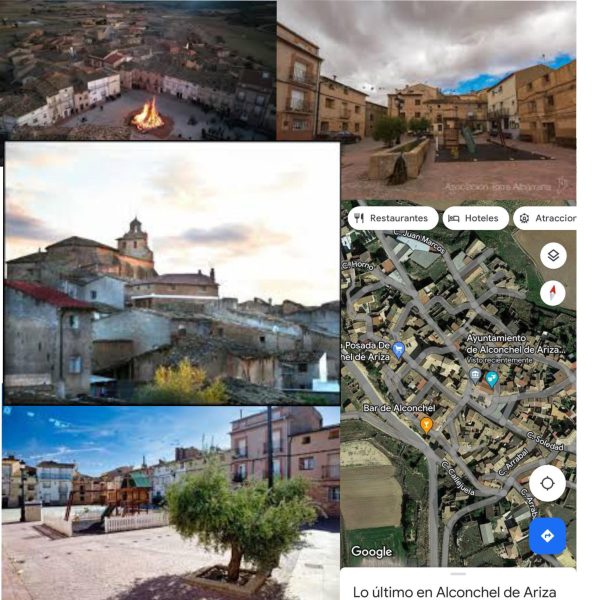
Contrasting her city life in Madrid with summers in her village, Paula describes a close-knit community where everyone knows everyone. When I say village I don’t mean straw huts with no AC and dirt floors, I mean a small town where everything is close together and you don’t need to drive to get everywhere.
Paula does not spend the whole year in her village. She spends the year in Madrid going to school with her friends there and the summers she spends with her friends from her village (Los Cachorros). Her village is a place where everyone knows everyone and everything is safe. She spends the summer in the village with her dad because her mom doesn’t like the village, this gives her a lot of freedom in what she does. All of her friends from her village are kids of the friends of her dad and they are all a very close-knit group. This causes them to have a lot of freedom for themselves, and they often let themselves into each other’s houses freely. Some days Paula will wake up to her friends in her room telling her to wake up, other days she will wake up to them telling her to get up only to throw her in the well by her house. Her village is small and close to other villages, you can walk everywhere you need to go.
Paula doesn’t live in her village year-round, and not everyone has a village to go to. She is one of the lucky ones to have a village with lots of friends that she can go to in the summer and have it be completely different from the rest of the year. Her village friends come from all over Spain so she doesn’t get to see them all the time which makes going to see them even sweeter. She does visit on weekends sometimes but doesn’t get to fully go and enjoy it until the summer.
Fiestas
Summertime in Paula’s village is marked by a week-long fiesta [party], a vibrant tradition where the whole village and people from other villages go to the village and participate in traditions and activities. When a friend group [peña] begins to turn 18, they are able to plan the parties and activities for the week and they do that for 4 years. They are given the keys to la alcaldía [city hall] and are given the freedom to do whatever they want to make it an amazing time for the village.
Though there are still parties throughout the year, it’s nothing like the week of fiesta. While most parties in the village will bring in maybe 50 people, the week of fiesta brings in around 300+ people every year. People come from other villages to join in on the traditions and festivities. Most parents let their kids wander freely because it is a very safe environment, so kids walk to different villages late at night for different parties. Though this would seem like a lot of fun it does mess with everyone’s sleep schedule. Most days during the week people don’t go to bed until 10:00 am (10:00) and wake up around 8:00 pm (20:00).
Los Cachorros
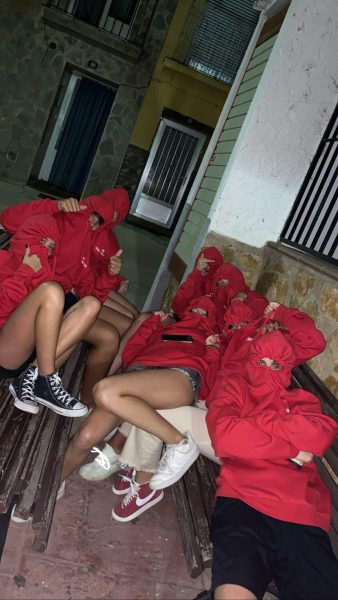
Left side bottom to top: Paula, Adrián, Carla
Right side bottom to top: Ángel, Dafne, Eva, Sergio, Jorge
Friendship in Paula’s village takes on a unique form through ‘peñas’ or friend groups like ‘Los Cachorros’. When each person is born they are given a group of friends to hang out with based on their parents’ friends. When hearing this, I found it odd because it sounds like an arranged marriage, but Paula says it works out great. If anyone doesn’t get along there are enough of them that they can just ignore each other and it’s all ok. She has 20 people in her group and they are very close because they’ve known each other since they were babies.
These groups that they have are given names and places they can go. They call these friend groups peñas (group). Paula’s peña is called los cachorros which translates to “the puppies”. She and her friends all have matching hoodies that have “los cachorros” written on them and numbers that they chose as well as pants that they wrote on with everyone’s names on them. Each peña has colors that their group wears; los cachorros wear red and white.
Paula
Concluding our spotlight on Paula, it’s clear that her journey as an exchange student at KHS has been enriching not only for her but also for those fortunate enough to cross her path. She is one of the most fun people you will ever meet and she never runs out of interesting things to talk about. She has plenty of stories and is so funny all the time and anyone who is lucky enough to get to know her the way I have should consider themselves lucky.

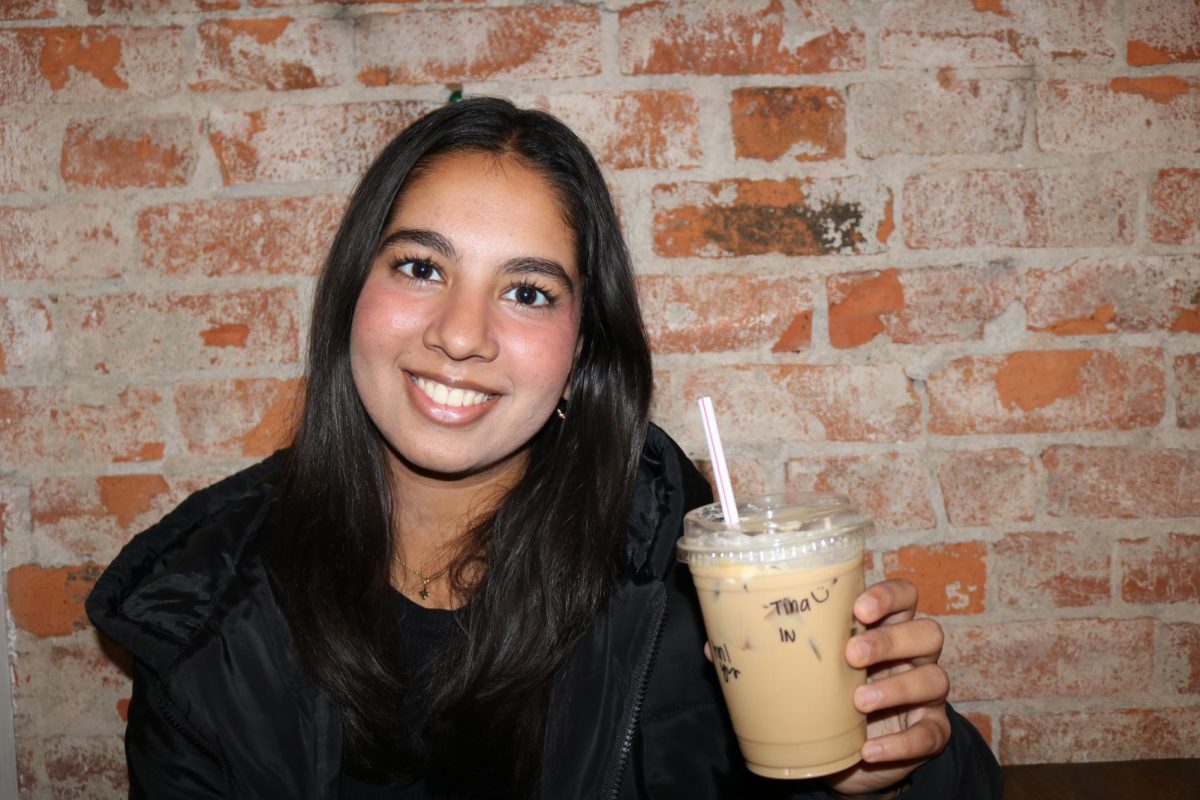



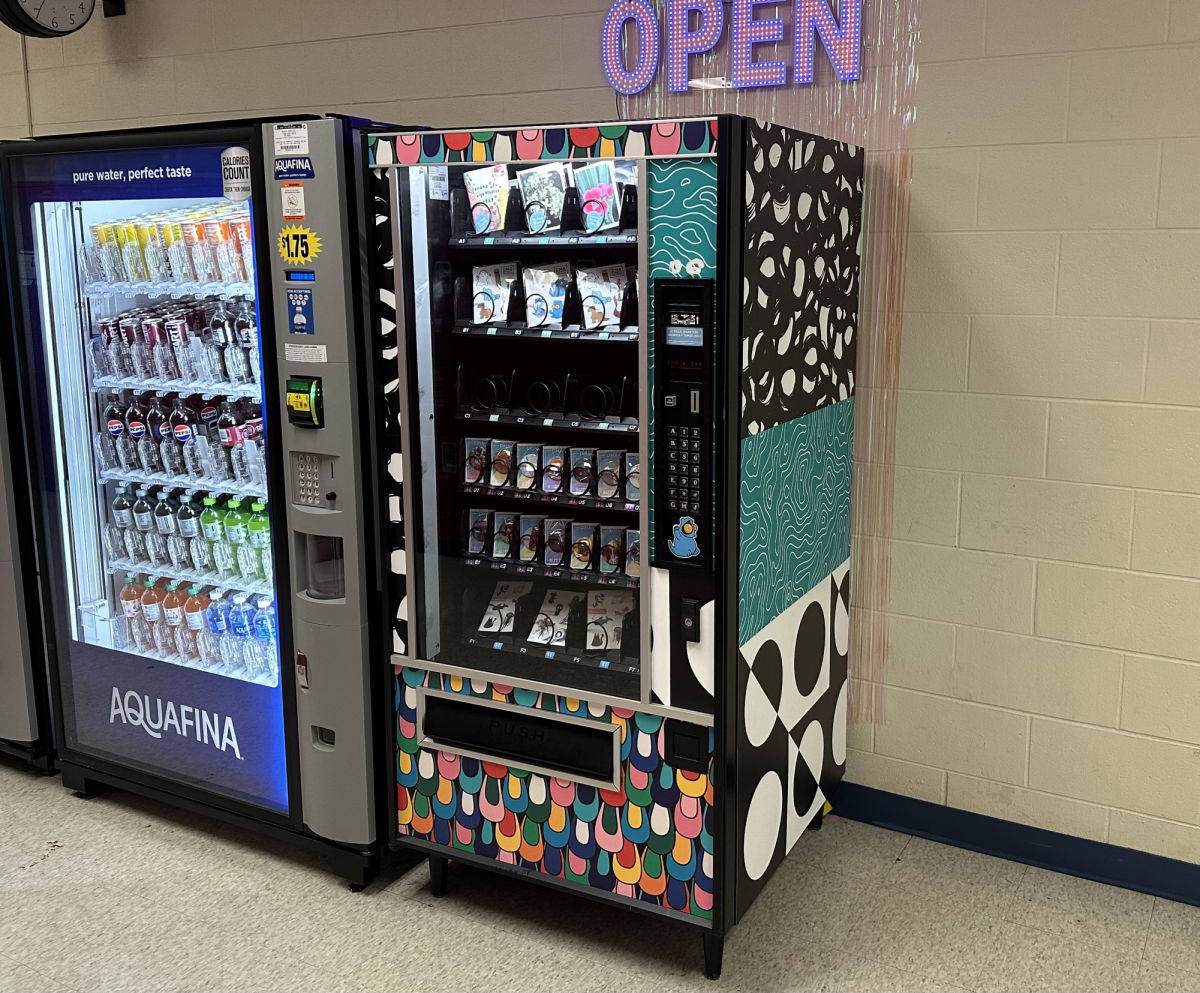


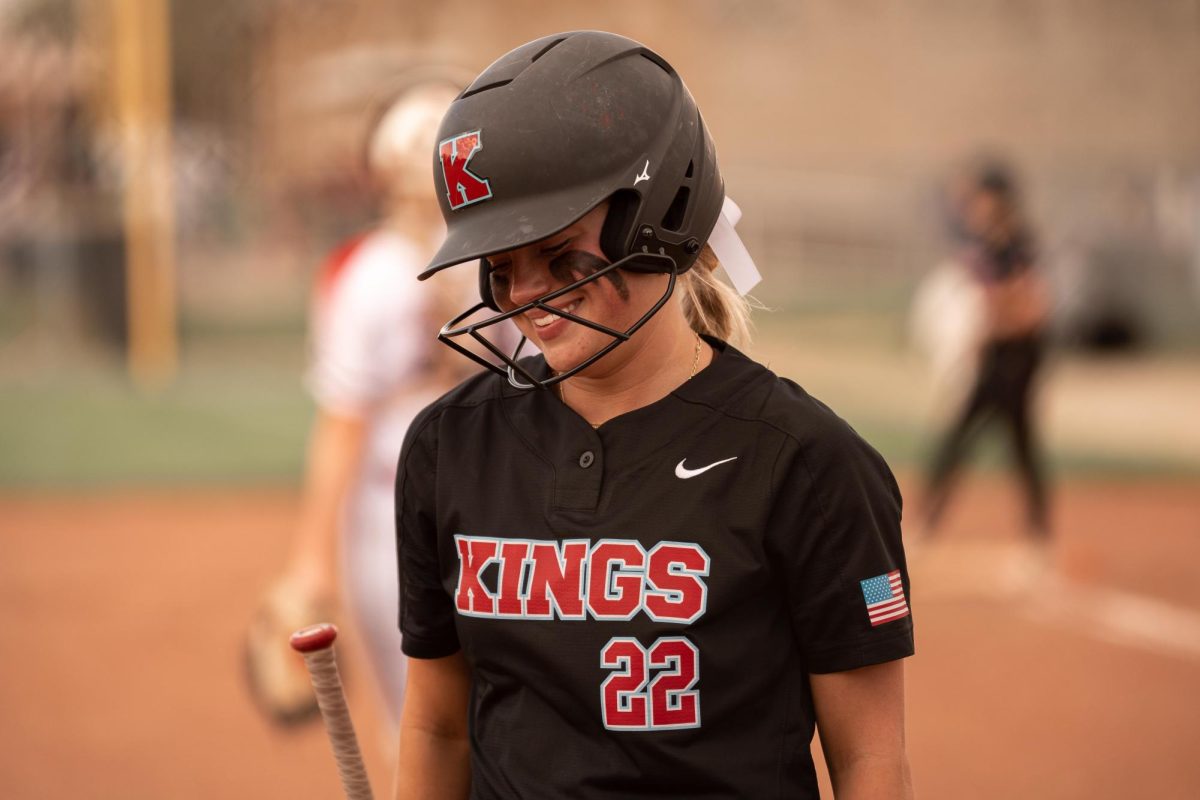








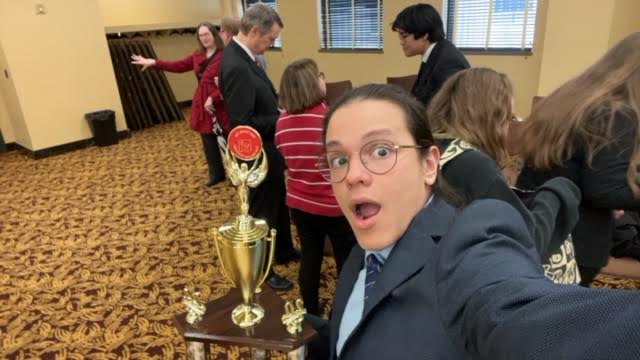

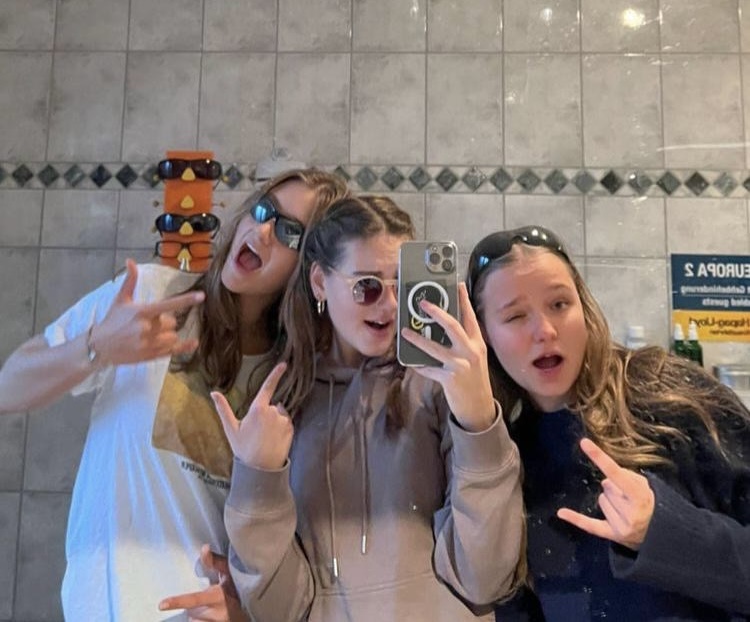








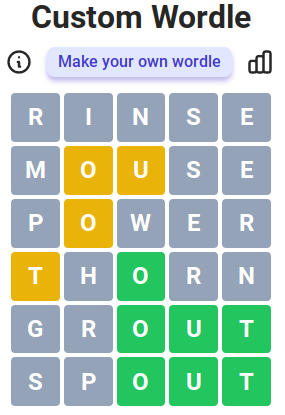
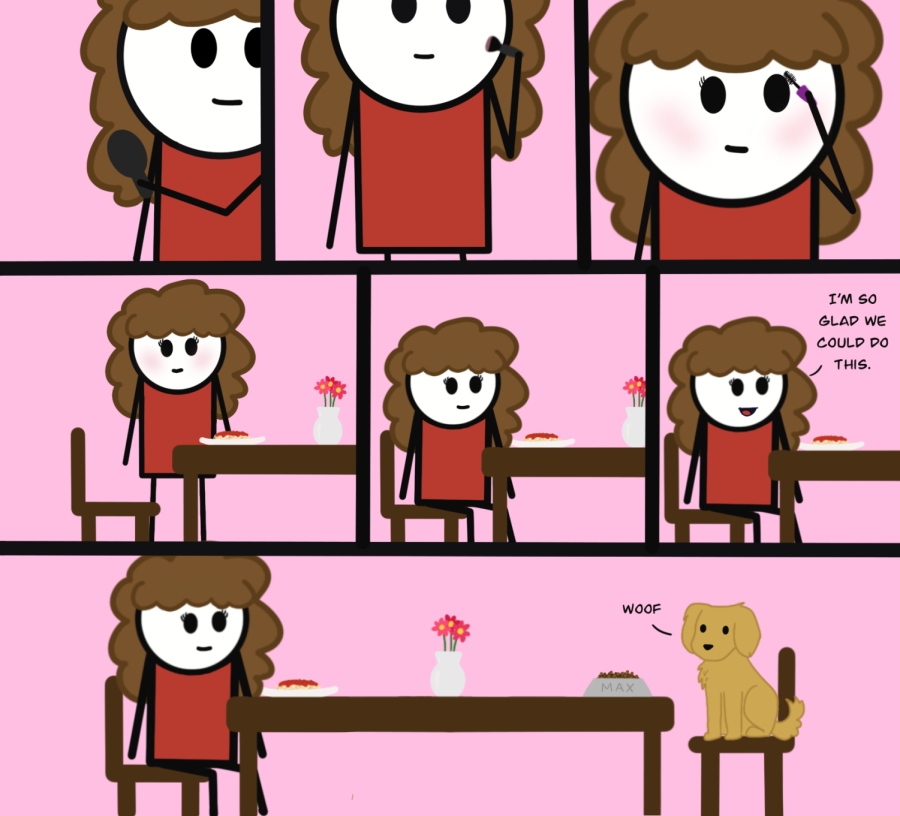
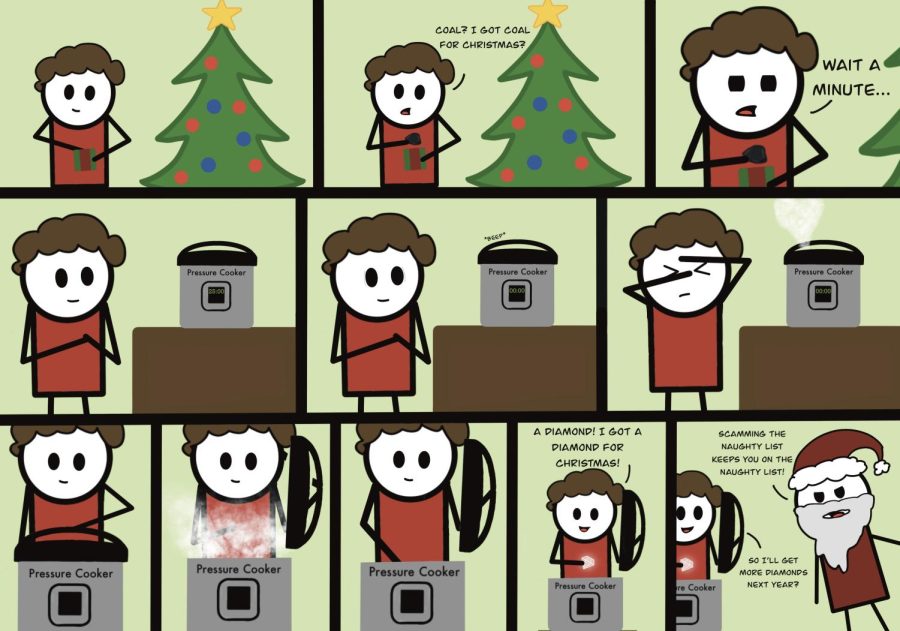
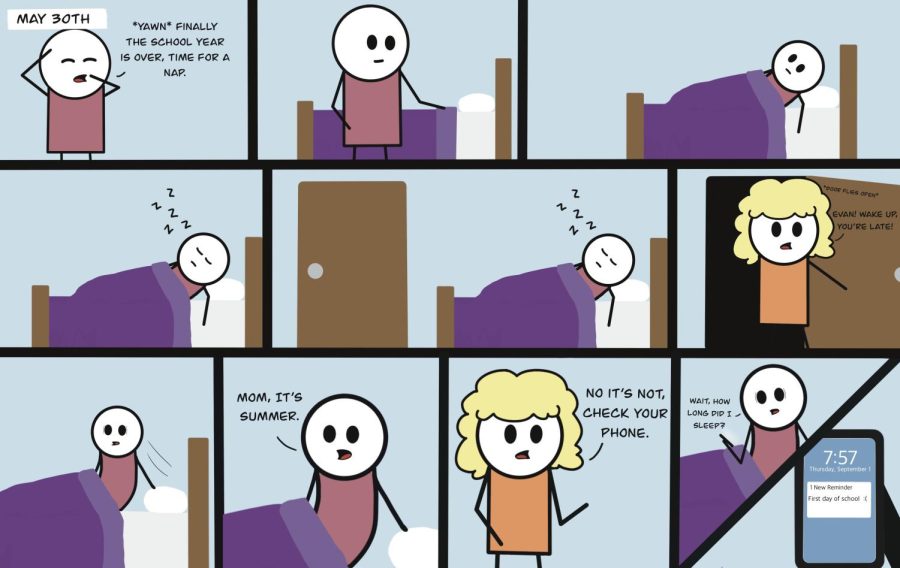
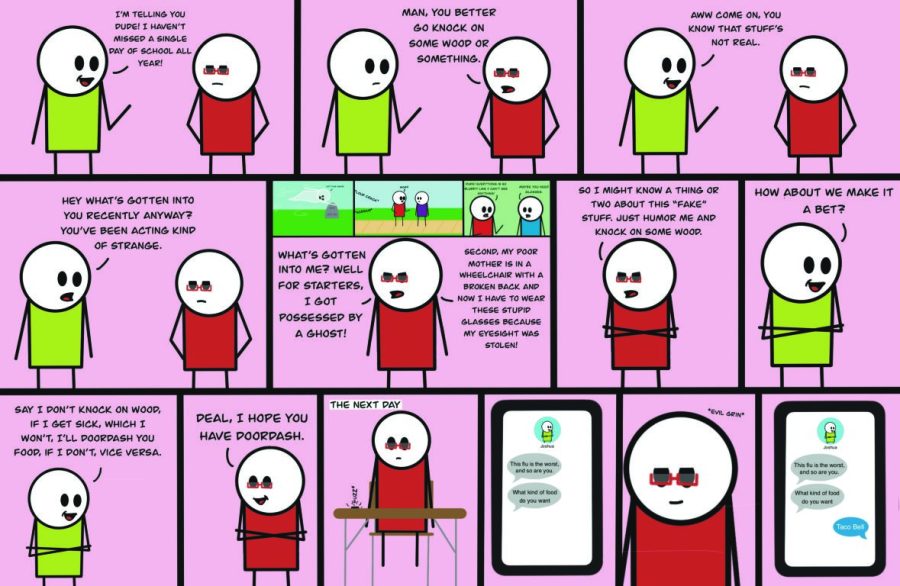
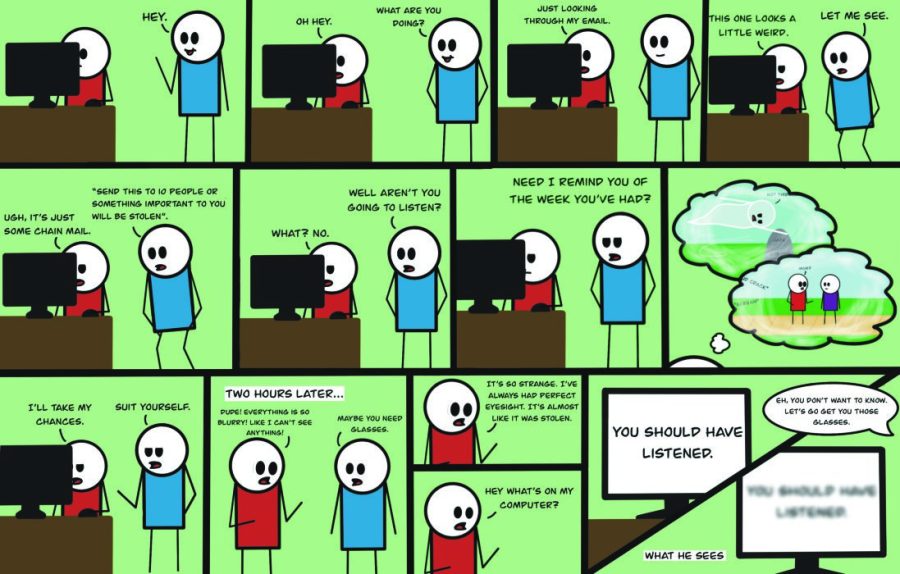



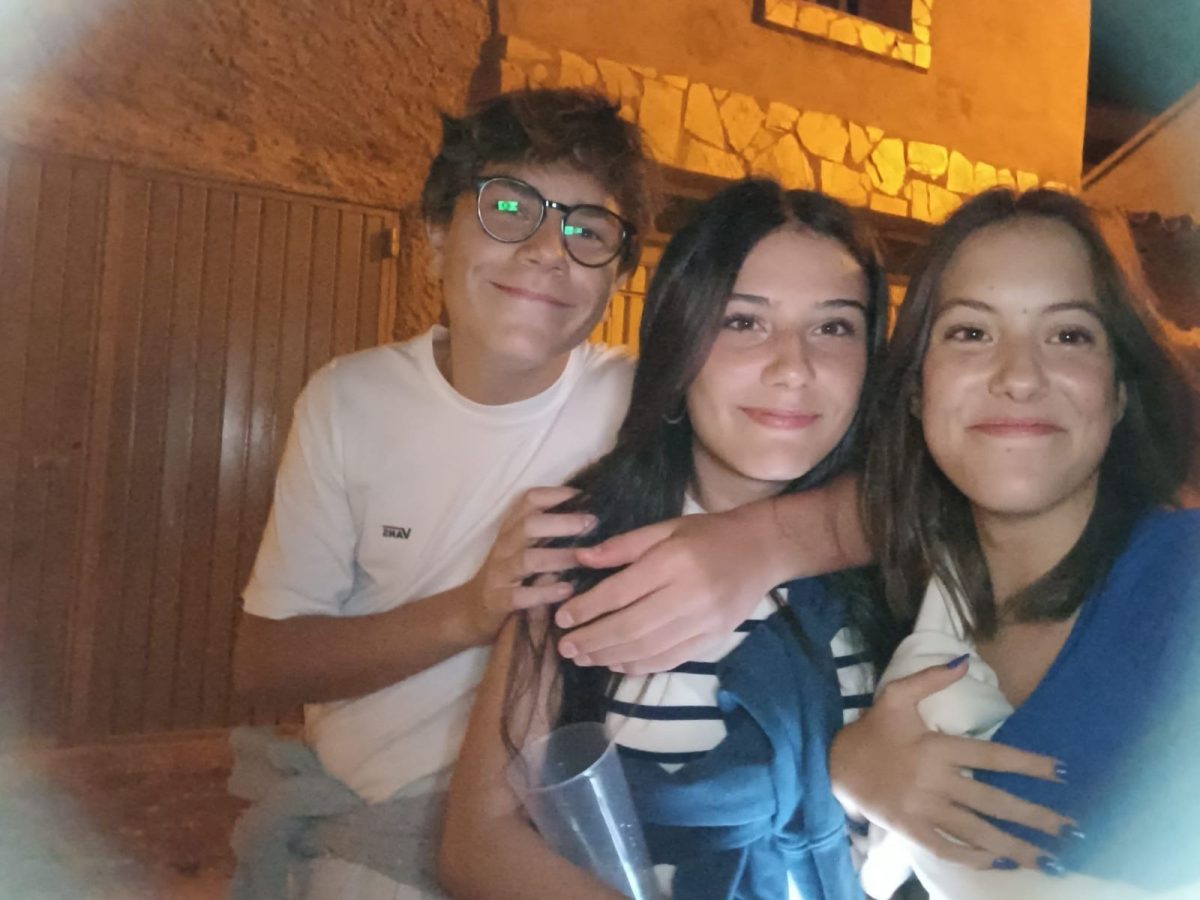

Poppy • Jan 30, 2025 at 10:21 pm
Hi! I came across your article, and it really helped me. I am going to be an exchange student next year, and Spain is my top choice for what country I will exchange to. This article really gave me a perspective onto what it will be like for me (a teen from Canada) to live in Spain for a year. I feel much more comfortable and less worried about the journey that I am about to embark on. I love that you focused on her life back at home, and how it was different from the US. Thank you so much!
Lily Brown • Nov 21, 2023 at 7:36 am
Hello There Addi! I really enjoyed how you went into depth about Paula life and explained lots of thing most people won’t dive deeper into.
Jinnie Brice • Nov 17, 2023 at 9:36 am
Wonderful piece! Thank you for sharing. The differences were very interesting. I learned so much.
Earl • Nov 16, 2023 at 9:54 pm
Great article. Very interesting and well written Can tell that you did a lot of research. Thanks for all the information
Laura Meyer • Nov 15, 2023 at 7:07 pm
I really enjoyed this well written article. I liked learning about Paula and her country. Good job Addi!
Claudia • Nov 15, 2023 at 6:11 pm
I really, REALLY, enjoyed reading your article. I feel like I know a lot more about Paula and life of a teenager in Spain.
I know this took a lot of time and thought. It was very well-organized and your descriptions were excellent.
Thanks for sharing this with us.
I look forward to your next publication.
Kristi • Nov 15, 2023 at 5:24 pm
Very interesting! Thank you for sharing!
Emma Ogburn • Nov 15, 2023 at 3:59 pm
Dangggg, so if you don’t like your whole group then your stuck with them? That’s really interesting. Also I’m jealous of the week long parties. Good job it’s a great article!
Jason haussler • Nov 15, 2023 at 3:58 pm
The Cincinnati enquire better take notice! Very easy and fun to follow. The emotions are felt and the descriptions are informative and keep your attention. Well done ma’am
Stephanie Ogburn • Nov 15, 2023 at 3:52 pm
This is a very well written article and so interesting! Thank you for teaching me so much.
Hil • Nov 15, 2023 at 2:22 pm
Excellent, it sounds like you both learned a lot and had a great time!
Bea • Nov 15, 2023 at 1:55 pm
Very interesting, thank you for sharing the experience!
Mary Meadors • Nov 15, 2023 at 1:02 pm
What a refreshing article. Very well written.
Aly • Nov 15, 2023 at 11:28 am
Very interesting!
Bea Baust • Nov 15, 2023 at 2:02 pm
PS-sounds like you had a great stay ans gained insight as wwll!
Anita Potter • Nov 15, 2023 at 10:44 am
I thought the story was very informative and interesting… Addi did a good job explaining the differences in the cultures…I really enjoyed reading this article…
Rick Day • Nov 15, 2023 at 10:27 am
I really enjoyed reading about Paula and the experience of being an exchange student. The author seems to have enjoyed the experience with Paula. The research for this article is so much more authentic because it was lived, rather than research from the outside. If anyone is looking to be an exchange student, this article would be very encouraging!
Annette • Nov 15, 2023 at 9:15 am
Well written interesting article. I learned a lot about the life of student who lives in Spain.
Aaron Thorn • Nov 15, 2023 at 8:34 am
Great job. Love this
Paula • Nov 15, 2023 at 8:34 am
Thank you Addi for this article and for taking the time writing about me, I can wait to spend more time together and for you to teach me about the American culture.
Briahna Roberts • Nov 15, 2023 at 8:33 am
I really enjoyed hearing about the style and clothes and differences between America and Spain. This was very well written and I learned a lot!!
Jackie Howell • Nov 15, 2023 at 8:28 am
Very insightful, informative article. Well written!
Patricia Day • Nov 15, 2023 at 8:21 am
This was very well written. I learned things about the exchange program that I never realized, or even thought about. I think it’s very lucky for not only the exchange student, but for the people who befriend her or him because they get to learn other cultures as well.